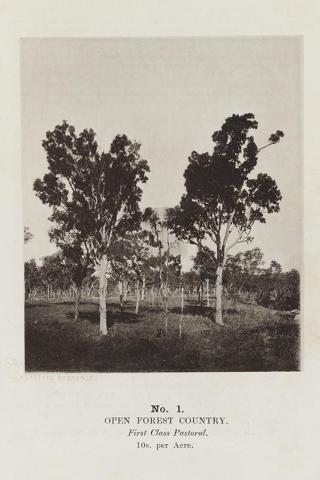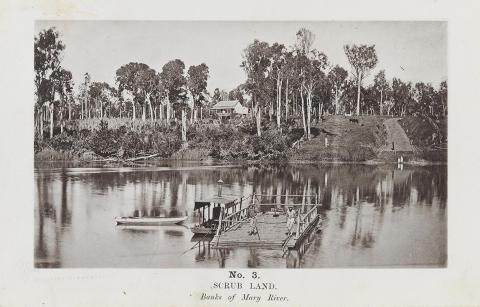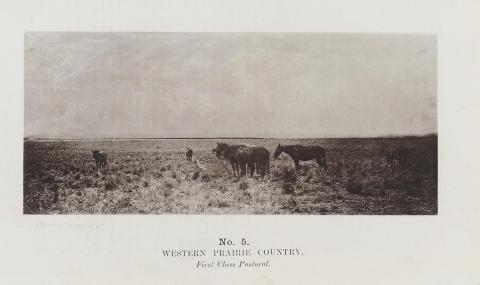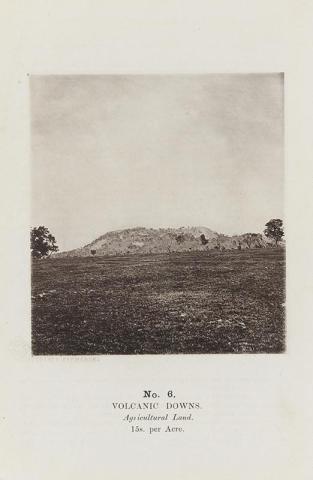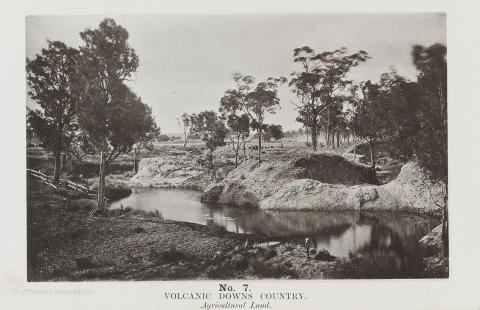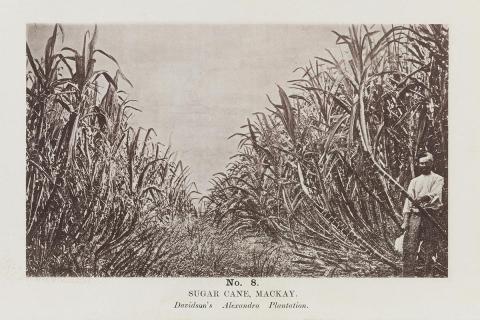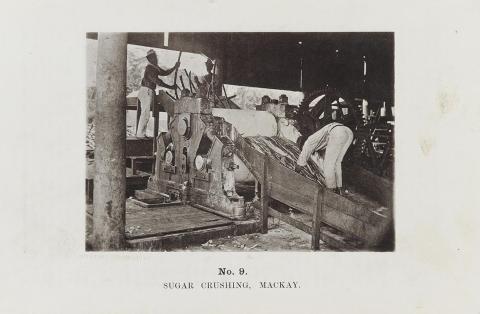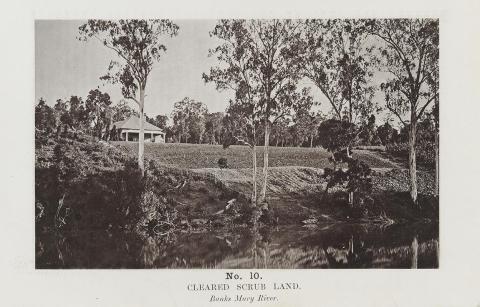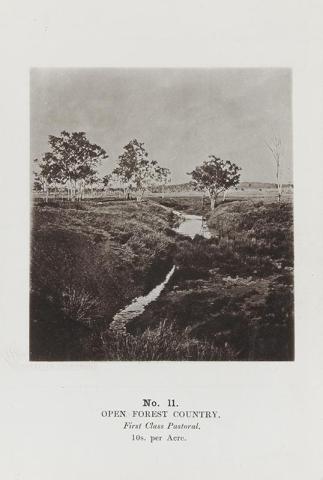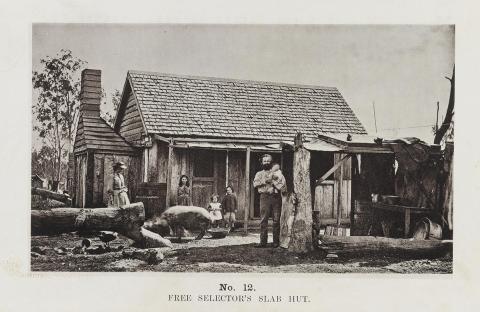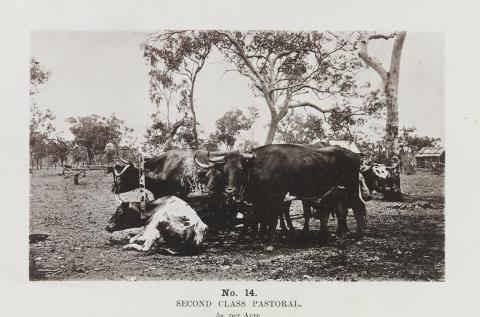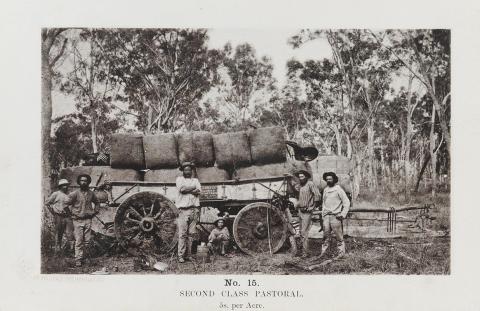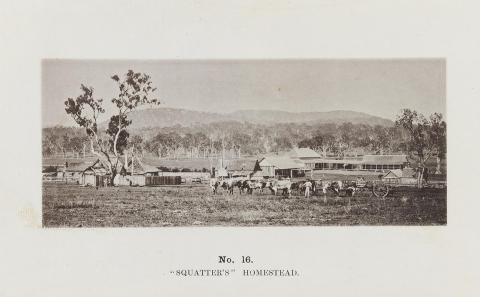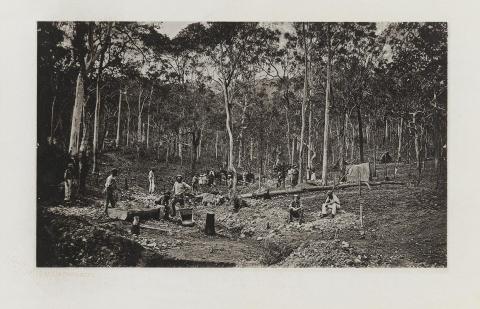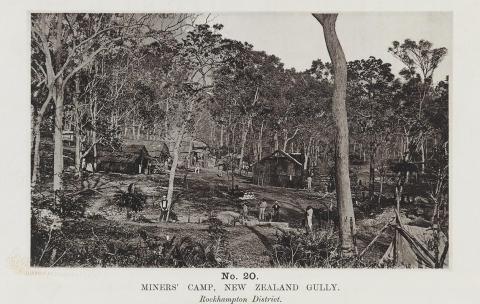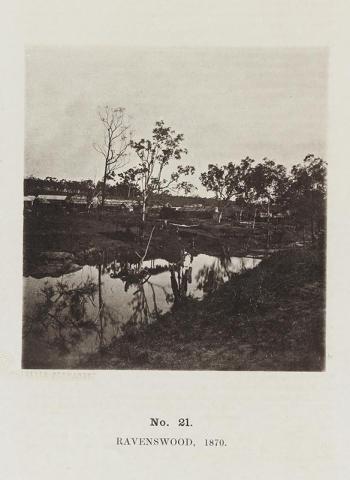Richard Daintree: 'Images of Queensland' c.1870
The autotype process, invented in 1864 by British physicist and chemist Joseph Wilson Swan (1828–1914), enabled the printing of carbon prints on a commercially-viable scale. Patented in 1855 by French photographer, engineer and chemist Alphonse Louis Poitevin (1819–82), the carbon print contained no silver impurities, making the prints extremely stable compared to gelatin silver prints.
Richard Daintree, the English-born pastoralist and geologist in charge of surveying north Queensland, was responsible for some of the finest photographic images ever taken of colonial Queensland. When Queensland was invited to participate in the London International Exhibition of 1871, Daintree proposed attracting potential investors to the colony by staging an exhibition combining his collected geological specimens with photographs of rural Queensland. These beautifully composed images, which comprise part of the portfolio 'Images of Queensland', reveal Daintree's exceptional talent for photography.
